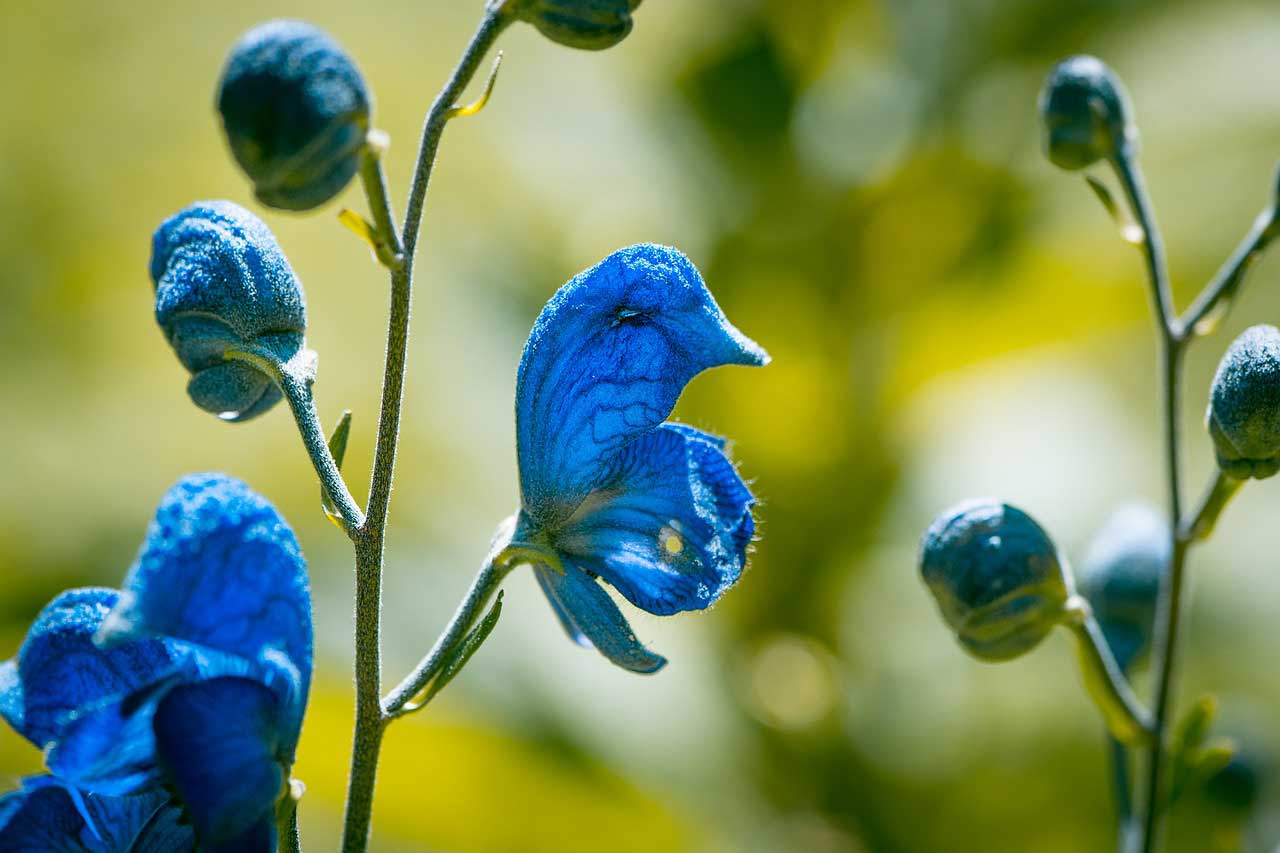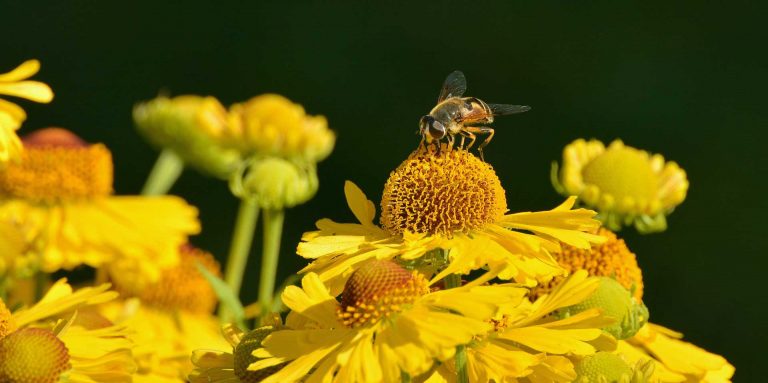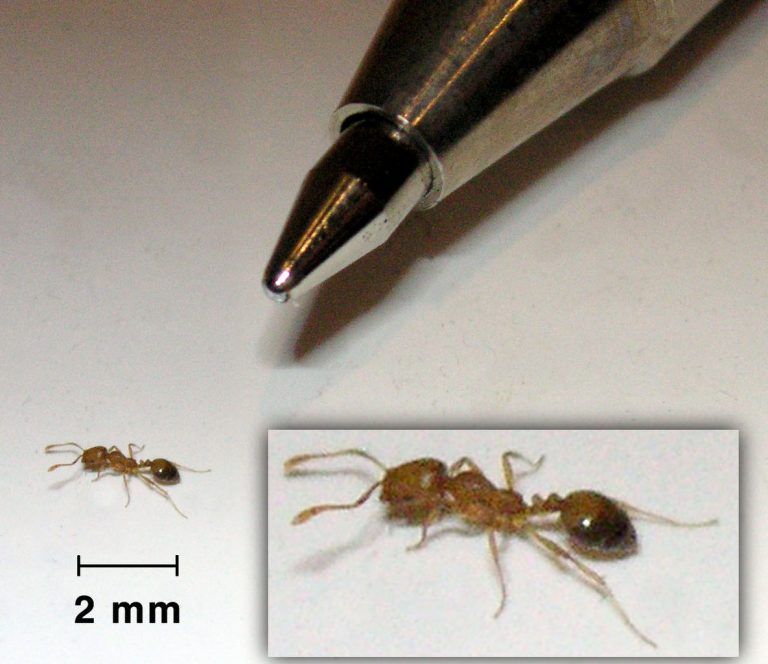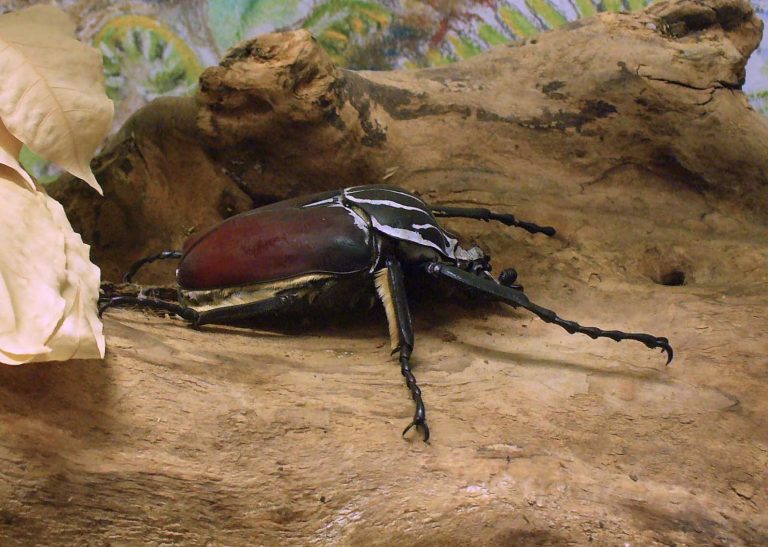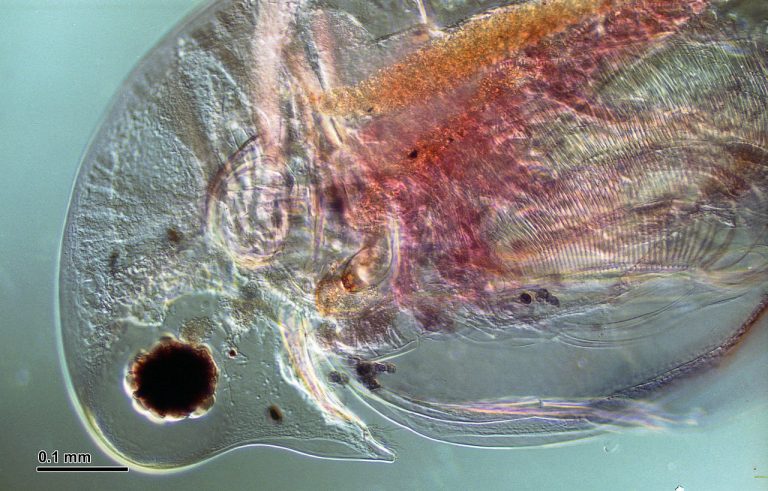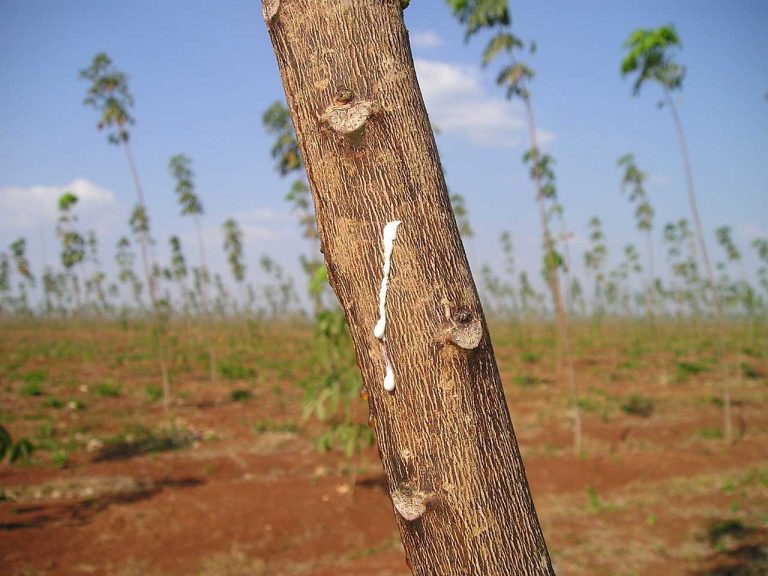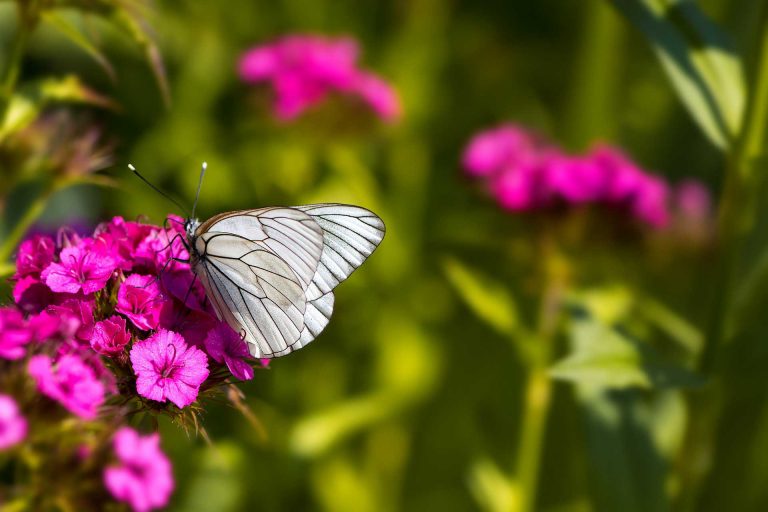Salvia – A Fantastic Treat for the Eyes in Summer and Autumn
Scientific Classification
| Kingdom: | Plantae |
| (unranked): | Angiosperms |
| (unranked): | Eudicots |
| (unranked): | Asterids |
| Order: | Lamiales |
| Family: | Lamiaceae |
| Subfamily: | Nepetoideae |
| Tribe: | Mentheae |
| Genus: | Salvia |
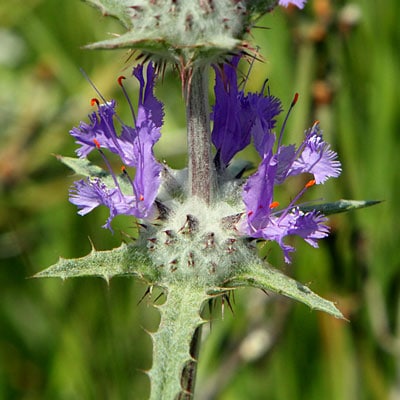
Photo by: Alan Vernon
Salvia is the largest variety of plants belonging to the mint family, (Lamiaceae). It consists of around 1000 species, classified as shrubs, herbaceous perennials, and annual herbs. In the Lamiaceae variety, Salvia belongs to the mentheae sect of the subgroup Nepetoideae. This is one among the varieties which people generally call as sage. Salvias grow as different species and under varying conditions in diverse regions of the world. Most of these species love the sun or a semi-shade, but a few of them can adjust to extreme cold and even frost. They grow in a wide assortment of colors that include orange, white, red, pink, mauve, cerise and blue. Salvia splendens, when planted in beds, offer a fantastic treat to the eyes in summer and autumn. Most of the well known salvias grow in dry, hot,climates like the Mediterranean regions, California and Mexico and have lovely flowers. Salvia divinorum needs special mention because they grow exclusively in the Sierra Mazateca region of Oaxaca in Mexico where the Mazatec Indians regularly used it for inducing hallucination as part of their shamanic sacred customs. Marijuana is a product from the expensive seeds of this plant.
Anatomy
The Salvia varieties comprise of herbaceous perennials, annuals or biennials together with woody sub-ordinary shrubs. The stems are relatively angular, similar to the species Lamiaceae. The foliage is relatively whole, otherwise dentate or pinnately separated. The blooming stem has tiny bracts unlike the basal foliage—– in certain varieties the bracts are flashy and decorative.
The flowers grow on pinnacles or racemes and usually exhibit a show of colorful flowers that range from red to blue with yellow and white as rare.
How to Cultivate Domestically
Preparation for planting
Plant Salvia where you have total sunlight every day. To help the soil retain the water content, enrich the soil with compost. While you begin to plant, separate the plants 8 to 10 inches apart. When they grow, they occupy the whole space with a thick cluster of blossoms. Remember that the mean height of your Salvia plants is 1 to 3 feet. Place your Salvia plants behind the other plants that you know have a predicted height shorter than Salvia.
Planting
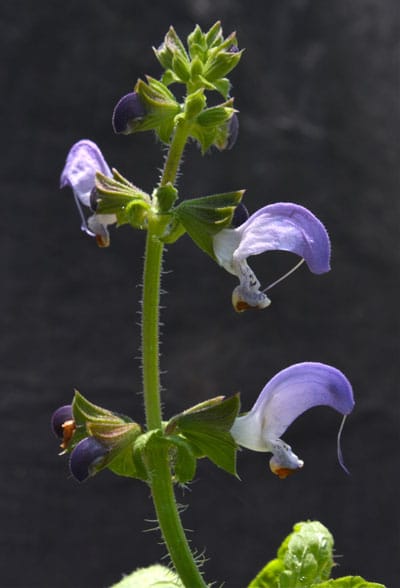
According to the species, plant your Salvia in the spring, keeping them one to three feet apart. Set up your garden bed by loosening the soil to a depth of 12 to 15 inches using a garden tiller or a fork. After this, add 2 to 4 inches of a thick layer of compost manure. Dig a hole that is double the diameter of the pot in which you have bought your salvia, remove the ensconced plant from the pot with utmost care and place the plant in the hole in such a way that the root ball’s top is level to the surface of the soil. Carefully fill the hole around the root ball and press the soil gently and firmly to the ground.
Placement and Watering
Salvia plants do not survive well if you plant them in soggy soil. The roots of Salvia plants require a little dryness since the roots get rotten when exposed to extra water. Deep watering once a week is good for your Salvia plants. Water your Salvia plants each week with almost one inch of water.
Flowering Period
It is possible that Salvia will flower by the end of May, whereas, following a cold winter, they wither away to the base root stalk, in which case, they flower only by July end. They flower from June to August and repeat flowering in the month of October provided you trim them when the earlier flowers wither away.
After-Bloom Care
Every year, once flowering is over, prune the Salvia to the ground level and dig up the roots every two years. The new ones resettle themselves faster.
As Cut Flowers
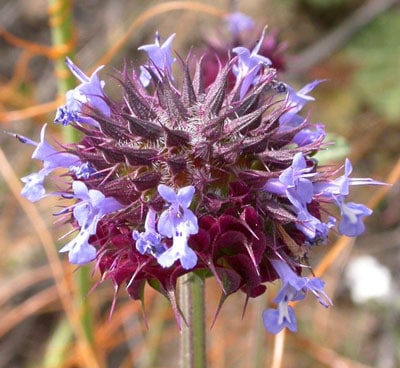
Photo by: Curtis Clark
The best for cut flowers are the tall Salvia (18 to 20 inches). Therefore, you need to plant them either in an isolated bed or plant them in a row in a vegetable garden. Plant either blue-and-white or blue Salvia with salvia “farinacea,” “Victoria” or “Strata” as border flowers on the bed.

Having discovered a fondness for insects while pursuing her degree in Biology, Randi Jones was quite bugged to know that people usually dismissed these little creatures as “creepy-crawlies”.

